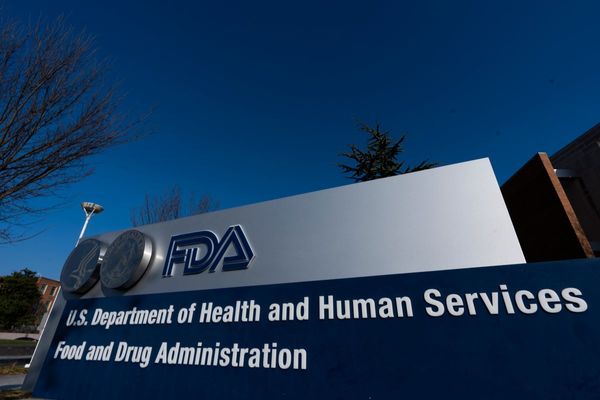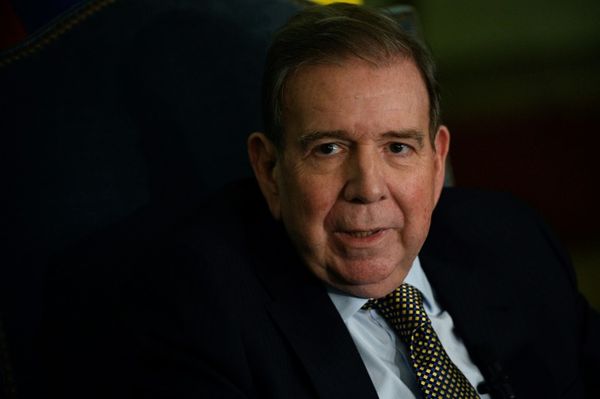Hiring remained solid in April, as employers added 253,000 payroll jobs, testing Wall Street's certainty that the Federal Reserve has hiked interest rates for the last time and casting doubt on near-term rate cuts. The unemployment rate dipped, matching its half-century low, while wage growth accelerated. Still, the S&P 500 rallied strongly in Friday stock market action after the jobs report with an assist from Apple earnings.
Jobs Report Hits And Misses
Employment gains exceeded Wall Street's 178,000 forecast. The private-sector added 230,000 positions, well above estimates for 153,000. Meanwhile, government employment rose by 23,000.
The average hourly wage rose 0.5% on the month, faster than the 0.3% forecast. Annual wage growth of 4.4% topped expectations of 4.2%.
The unemployment rate dipped to 3.4%, defying expectations of a rise to 3.6%.
Solid hiring gains in February and March were revised down by a combined 149,000 jobs, offsetting the sting of stronger job gains in April.
The headline job and wage figures come from the Labor Department's monthly survey of employers. The separate household survey details labor force participation, work status and the unemployment rate.
Household survey data showed the ranks of the employed rising 139,000 and unemployed falling by 182,000 as 43,000 people exited the labor force. The labor force participation rate, a measure of those working or actively seeking work as a share of the 16-and-up population, held at 62.6%.
S&P 500 Reaction
The S&P 500 rose 1.5% following the jobs report, with Wall Street perhaps taking some relief that recession isn't at hand. Yet the Fed's signal of a likely rate-hike pause may have investors feeling there's room for the S&P 500 to rally before economic clouds darken.
The 10-year Treasury yield rose 9 basis points to 3.44%.
On Thursday, the S&P 500 fell for the fourth straight session, slipping 0.7% to 4061. That's just above key support at the S&P 500's 50-day moving average.
S&P 500 stock valuations have been supported by diving Treasury yields as the bond market reflects an increasingly likely brush with recession. Yet that would hurt the earnings outlook, so any near-term strength for stocks may be fleeting.
Through Thursday's close, the S&P 500 has rallied 13.5% from its Oct. 12 bear-market closing low but remains 15.3% below its all-time closing high on Jan. 3, 2022.
Be sure to read IBD's The Big Picture every day to stay in sync with the market direction and what it means for your trading decisions.
More Jobs Report Details
Leisure and hospitality sector employment rose by 31,000. Health care and social assistance jobs grew by 64,200. Construction jobs rose by 15,000 and manufacturers added 11,000 workers.
The one notable weak spot: Temporary help services shed 23,300 jobs.
With revisions to February and March, the three-month average payroll gain slipped to 222,000 from 295,000, with private-sector job gains slowing to 182,000 from 223,000. That includes a downward revision of private-sector job gains in March to just 123,000 from the 189,000 first reported.
One aspect of the report does raise some questions as to whether the strength is overstated. Before seasonal adjustment, the 830,000 private jobs added in April trailed the 971,000 added in April 2022 by 141,000. However, adjusted for seasonal effects, the private sector's 230,000 payroll increase topped the seasonally adjusted gain of 226,000 last year.
Further, adjustments for the presumed birth of new firms and death of old ones, added 378,000 jobs to the unadjusted total for April vs. 323,000 in April 2022 and 309,000 in April 2021. The key unknown is whether that guesstimate is on target at a time that credit has gotten much tighter and the economic outlook has become uncertain.
Fed Policy Impact Of Jobs Report
With Wednesday's policy statement, the Fed removed its bias toward further tightening. Markets read that as confirmation the Fed is done hiking. Ahead of Friday's jobs report, markets were pricing in 0% odds of a rate hike on June 14. By the Sept. 20 Fed meeting, markets saw nearly 90% odds of a rate cut.
After the stronger-than-expected data, odds of a June hike rose, though only to 7.5%. Meanwhile odds of a September rate cut slipped to around 75%.
Unless the banking crisis escalates, rate cuts won't happen until unemployment is on a clear upswing and wage growth has cooled, allowing inflation to come down faster than expected.
Friday's jobs report surely didn't speed up the timing of the Fed's first rate cut, with lower unemployment and faster wage growth.







